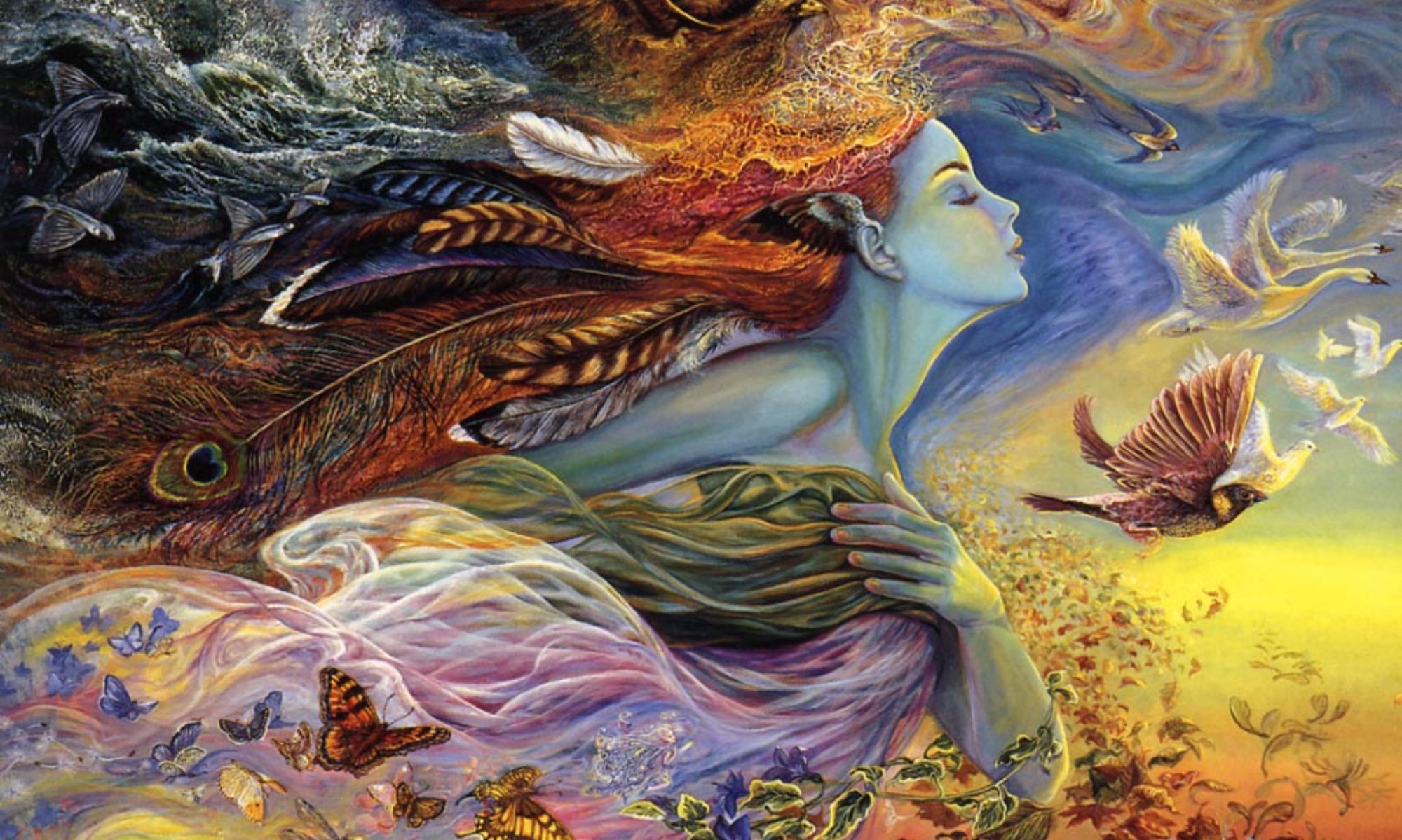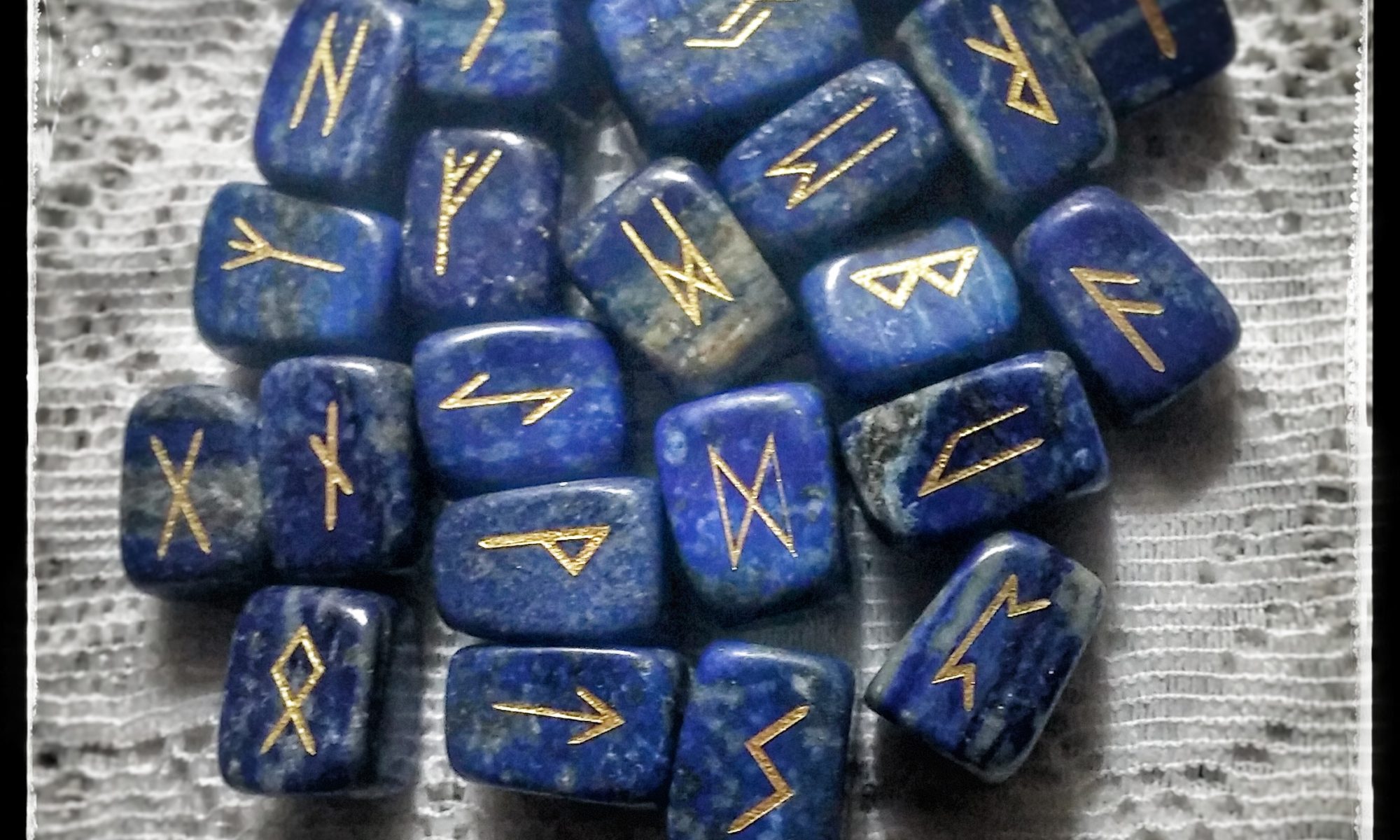📚📜Story Time: The Hopi Ant People
I’ve wanted to write this story for a while and I touched on it briefly in theory in my Grand Canyon Underground post and Hollow Earth posts, but I wanted to share the actual legend for Story Time since it’s been a while!!
The story of the Hopi Ant People is infamous. Many tribes believe in a similar occurrence but the Hopi is the most known.
Living on the high desert of northern Arizona for thousands of years, were the Hopi Indian tribe. This barren but beautiful landscape was the place where Hopi gods directed them to build a bunch of various villages made up of pueblos, which in today’s age, we would call stone apartment complexes. Here, the Hopi managed to flourish and thrive simply by growing corn, beans, and squash with very little rainfall and almost no irrigation.
One of the most intriguing Hopi legends is that of the Ant People, who were crucial to the survival of the Hopi, or mankind if you will, not just once but twice. The “First World” (or world-age) was apparently destroyed by fire, which is speculated as some sort of volcanism, asteroid strike, or coronal mass ejection from the sun. The Second World was destroyed by ice. The Ice Age glaciers or a pole shift, causing as extreme frozen era. During these two global cataclysms, the virtuous and noble members of the Hopi tribe were guided by was was said to be an odd-shaped cloud during the day and a moving star at night that led them to the sky god named Sotuknang, who, at last, took them to the Ant People, or in Hopi, Anu Sinom . The Ant People then escorted the Hopi into subterranean caves where they found refuge, safety and sustenance.
In the legend, the Ant People are portrayed as generous, helpful, and industrious, giving the Hopi food when supplies ran short and teaching them the merits of food storage. In fact, another legend actually says that the reason why the ants have such thin waists today is because they once deprived themselves of provisions in order to feed the Hopi people.
Interestingly, the constellation Orion also has a thin waist. When Orion dominates the winter skies, the ants are deep in their small underground hill homes. These structures are similar in form to the Hopi kivas, which are subterranean communal prayer chambers. Coincidentally the Sanskrit word ki means “ant hill” and va means “dwelling.” Each February inside their kivas the Hopi perform the Bean Sprouting Ceremony, or Bean Dance, called Powamu. During this time the fires are continuously kept ablaze, turning these structures into superb hot houses. The ritual commemorates a time when the Anu Sinom taught the Hopi how to sprout and grow beans inside caverns in order to survive.
It is also interesting to note that the Babylonian sky god was named Anu. The Hopi word for “ant” is also anu, and the Hopi root word naki means “friends.” Thus, the Hopi Anu-naki, or “ant friends,” may have been the same as the Sumerian Annunaki, which most of us are familiar with Annunaki as, the beings who once came to Earth from the heavens.
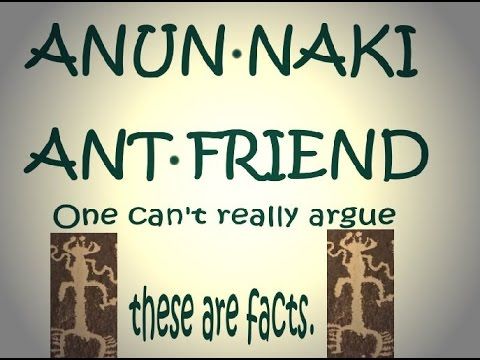
The Ant People may have also lived in ancient Egypt. Akhenaten, an 18th Dynasty pharaoh who ruled from 1351 to 1334 BC, is shown in some depictions with an elongated skull like the shape of an ant’s head. His almond-shaped eyes and neck are like the ant’s, and either the serpent or the vulture on his uraeus resembles the ant’s mandibles. He also has spindly arms and legs like an ant, and his upper body resembles the ant’s thorax while his lower body mirrors the ant’s abdomen. Akhenaten’s body type can be specifically compared to the Pharaoh Ant ( Momomorium pharaonis ), which originated in West Africa. It also has an elongated head, a yellow to reddish brown body, and a darker abdomen with a stinger.
Coincidentally, many ancient Egyptian hieroglyphs and artifacts were found in the underground tunnels of the Grand Canyon and surrounding areas in northern Arizona.
Maybe even more than a coincidence that the Egyptian word sahu means “stars of Orion,” whereas the Hopi word sohu means “star,” the most important of which are those in the constellation Orion.
In parallel, many tribes lived subterraneaneously. Take the Anasazi for instance. They were known to dwell in the caves located in what is now known as the Four Corners. Thought to be ancestors of the Pueblo, Anasazi isnt a Pueblo word, it means “Ancient Enemy” by the Navajo, who now prefer to call them “Ancient Ones.”
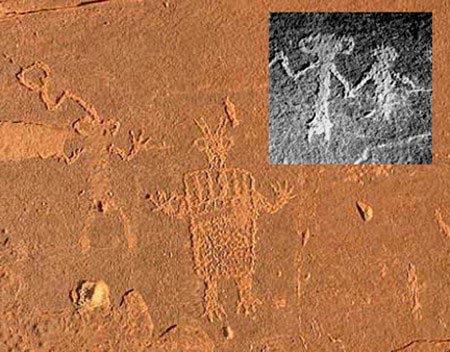
In the late 13th Century, the Anasazi started to build their homes into the cliffs. Archaeologists believe it was for protection and to better defend themselves against enemies. After about only 30 years, during the 14th Century, they began to seal the doorways and abandon their cliff homes to never return.
The Hopi are their descendants. Hopi means “Peaceful People” or “Little Ones.” They are referred to as part of the “Pueblo” People after the Spanish word for “village” or “town.” The Spanish Conquistadors discovered the Hopi people in the 1600s.
The Anasazi started living in the area around AD 500, then left to travel south further into Arizona and New Mexico, coming back to trade. Evidence shows the Anasazi traded with people as far away as Mexico, and were farmers of corn, beans, and squash. These three staples, are also revered by the Iroquois, and Seneca as well as many other tribes as far east as NY. They are called the Three Sisters in myth, and are known throughout Native American Tribes in North America.

In Hopi legend, the Three Sisters were gifts from “Spider Woman” or “Ant Woman” who also taught them how to farm. She also taught them how to weave and make pottery. The Hopi believe that we have just entered the Fifth World. When evil came into the Third World, it was she who brought them to the Fourth World. The Hopi agreed to be caretakers in exchange to live there. In every aspect of life, maintaining a balance between nature and people is the Hopi Way. Their ceremonial celebrations of this balance help ensure their way of life goes on.
In Hopi Mythology, “Spider Woman,” or “Ant Woman” ruled the Underworld, and her sidekick, Tawa, the Sun God ruled the sky, together, they used their thoughts to create Earth. Then “Spider/Ant Woman” molded animals and humans from clay, spread a blanket that she wove over her creations, and Tawa sang them to life.
After the Hopi made their promise, life on Earth was cultivated, and it prospered. The first humans spread throughout the planet, and they became different races, lived on different continents, and spoke different languages. But still using their inner eye, they could understand each other without talking, felt at one with each other, and felt as one with the animals.
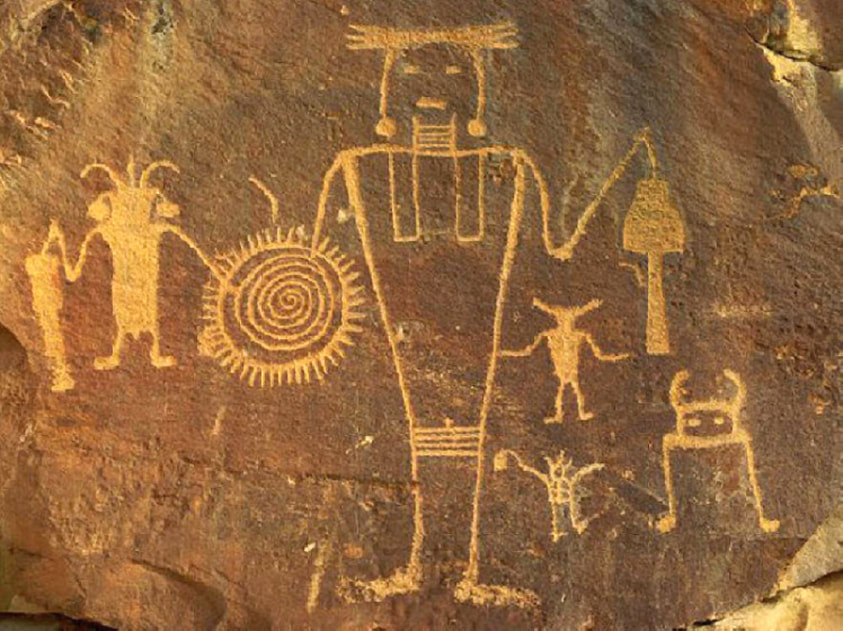
Over time, some people forgot what they were here for. They forgot they made a promise. They forgot about “Spider/Ant Woman” and Tawa. People began to divide between languages, races, and different lands. Some humans forgot how to feel at one with each other and the animals. Animals sensed the disconnect and began to run from humans. Only some people remembered how to stay connected, and those people didn’t run from one another.
As the myth goes on, during the First World, Tawa had made insect-like beings that resided underground. But he grew so unhappy with the First World, he decided to destroy it. He sent out a call that only those who still remembered their promise could hear. They began to travel from all over the world following it. Even some people who couldn’t hear it, believed them and traveled with them anyway. When they were all together, near the Ant People’s home, Tawa told them of his plan.
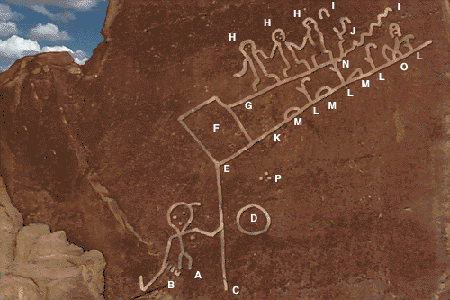
They asked: “How will we survive underground for so long? Surely it would take time for another world to be ready for us!”
Tawa told them: “Learn from the Ant People! You will survive my destruction, and I will create a Second World! When I have it ready for you to live in, I will come get you!”
Down under the surface they went with the Ant People. They saw how the insects had stored their food, which they had gathered in the Summer for Winter, and how now they went without because they were there to feed. Despite the protests from the humans, the Ant People simply pulled their belts tighter. (Again, that is why Ants have such tiny waists today lol) The humans saw how the Ant People obeyed the laws of creation, and how they lived in peace with each other. They dug rooms and trails in the dirt (Grand Canyon Underground anyone?) and the people learned to keep warm when they were cold, and how to keep cool when they were hot. So they could see in the dark caverns, they learned how to use their 3rd Eye, which was the spot behind the middle of their foreheads that they communicated with. The crystals underground had absorbed the sunlight from above, and using their inner eye, the humans used the reflections to navigate underground.
As the destruction of the First World was almost complete, and the Earth cooled down, Tawa began to move continents. For the Second World, he put the oceans where land was, and the land where oceans had been. After he retrieved the humans from the Ant People’s home and brought them into the Second World, eventually the same thing happened again. Some people forgot and some remembered. This time, Tawa sent “Spider/Ant Woman” to lead them through to the Third World. Then evil invaded, so she taught the humans how to get into the Fourth World.
Some believe these Hopi and Ancient Egyption Ant People were alien beings. Depictions of them are all over the world, including the Nazca lines. New mexico discovering Roman, and Buddhist artifacts. Ancient things from all over the world.
This video looks like the sound doesnt work but it starts working like a min or 2 in
https://youtu.be/_77y9fTki4s
I’m sure theres way better videos but I grabbed these quickly
